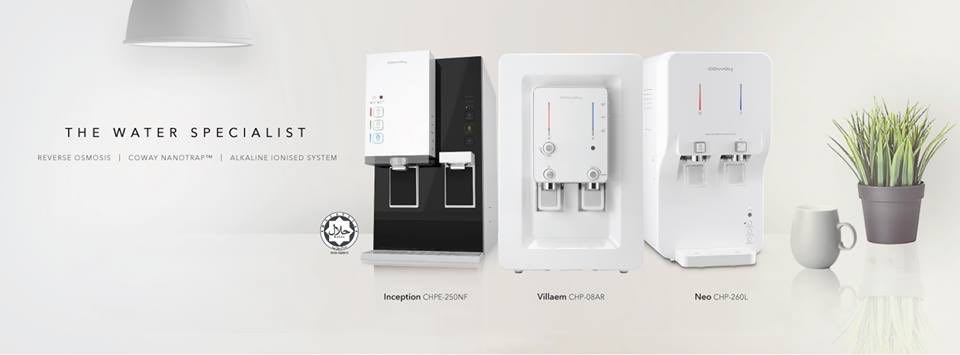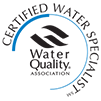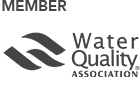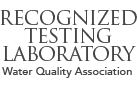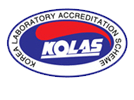How the AIR in your house could be making you ill: From drying washing to using a gas cooker, 15 million homes are affected by Toxic Home Syndrome - which increases the risk of heart disease and cancer
- Toxic Home Syndrome is where a person's health deteriorates because of the air in their home - increasing the risk of cancer and heart disease
- Air inside contains more than 900 potentially harmful chemicals
- Mould spores, pollen, radon, carbon monoxide and dander are to blame
- Experts warn people must ensure their homes are properly ventilated
Air pollution inside the home is putting people at risk of developing heart disease, cancer and breathing problems, experts have today warned.
Toxic Home Syndrome, which affects around 15.3 million houses in the UK, is where a person's health deteriorates because of the air circulating in their home.
Scientists have warned simple day-today tasks, such as doing the washing or cooking dinner, could be putting families at risk of cardiovascular disease, lung cancer and asthma.
Air circulating inside contains more than 900 chemicals, particles and biological materials with potential health effects.
Mould spores, pollen, radon, carbon monoxide and dander all lurk within homes, seeping through cracks in walls and floorboards, brought in on clothing or produced by wood burners, gas hobs and detergents used in cleaning.
VIDEO
http://www.dailymail.co.uk/health/article-2920391/How-AIR-house-making-ill-drying-washing-using-gas-cooker-15-million-homes-affected-Toxic-Home-Syndrome-increases-risk-heart-disease-cancer.html#v-4004997739001
Read More :
http://www.dailymail.co.uk/health/article-2920391/How-AIR-house-making-ill-drying-washing-using-gas-cooker-15-million-homes-affected-Toxic-Home-Syndrome-increases-risk-heart-disease-cancer.html
Coway Tuba Air Purifier
Advanced Purification System
======================
Coway Tuba dengan
Advanced Purification System
bersihkan udara jadi nyaman segar
hidup selesa sihat
Advanced Purification System
======================
Coway Tuba dengan
Advanced Purification System
bersihkan udara jadi nyaman segar
hidup selesa sihat
Smart Sensor - Dust Sensor kesan
habuk, Odour Sensor kesan bau dan gas.
Intelligent & Automated - Real-Time Airflow Speed Adjustment kawal kelajuan kipas otomatik. Smart A3 Saving Mode tapis udara bila habuk atau gas dikesan kemudian off otomatik walaupun dalam Sleep Mode.
Large Coverage - luas kawasan 2560 kaki persegi
Air Quality Indicator - Coloured LED untuk tunjuk tahap kualiti udara
Turbo Mode - kelajuan
kipas Turbo untuk cepat bersih.
Swing Mode - edaran udara sekata
Anti-Flu HEPA Filter - bahan ginkgo and Japanese sumac dalam
filter henti virus influenza.
habuk, Odour Sensor kesan bau dan gas.
Intelligent & Automated - Real-Time Airflow Speed Adjustment kawal kelajuan kipas otomatik. Smart A3 Saving Mode tapis udara bila habuk atau gas dikesan kemudian off otomatik walaupun dalam Sleep Mode.
Large Coverage - luas kawasan 2560 kaki persegi
Air Quality Indicator - Coloured LED untuk tunjuk tahap kualiti udara
Turbo Mode - kelajuan
kipas Turbo untuk cepat bersih.
Swing Mode - edaran udara sekata
Anti-Flu HEPA Filter - bahan ginkgo and Japanese sumac dalam
filter henti virus influenza.
order, maklumat dan khidmat
call.wasap
KAMAR
0177780886
0177780886
0177780886
call.wasap
KAMAR
0177780886
0177780886
0177780886
